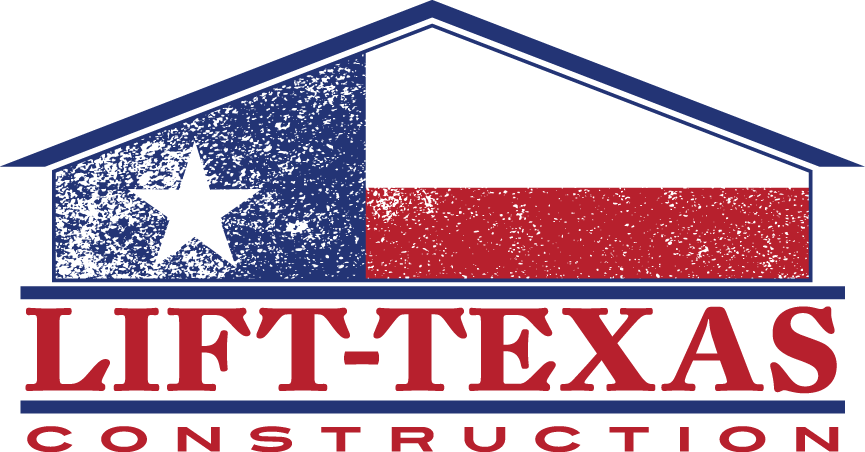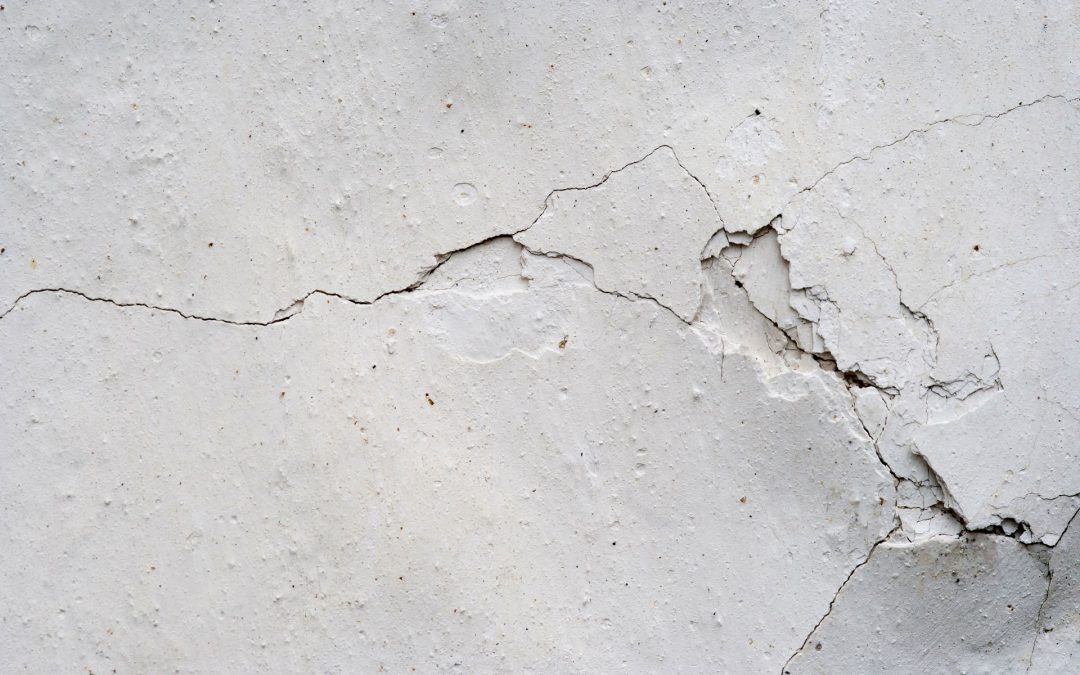Understanding early signs of foundation problems is crucial to maintaining the stability and safety of your home. Many homeowners may overlook minor issues, dismissing them as inconsequential, but these small problems can escalate into significant damage over time. Early detection can save you time, stress, and money by addressing problems before they become severe.
Early signs of foundation issues can appear in various parts of your home. From minor cracks in the walls to doors that don’t close properly, these indicators are often subtle but telling. Inside your home, certain warning signs can give you clues about the health of your foundation. Similarly, the exterior of your home can reveal visible symptoms that suggest foundation problems.
In this article, we will delve into these early warning signs and explore what they mean. By understanding what to look for, you can take proactive steps to protect your home and ensure its longevity. Early recognition and addressing foundation issues are key to maintaining a safe and stable living environment.
Warning Signs Inside Your Home
One of the most common signs of foundation problems is visible cracks in your walls and floors. Look closely at both the interior and exterior surfaces of your walls. Vertical cracks can be a sign of settling, while horizontal cracks can be more serious and may point to structural issues. Check your floors for cracks, too. If you notice any, it could mean your foundation is shifting.
Another thing to watch for is doors and windows that stick or don’t close properly. When the foundation shifts, it can cause the frames of doors and windows to become misaligned. This could make them hard to open or close. Sometimes, you may even notice gaps around the edges that weren’t there before. These gaps can let in drafts, making your home less energy-efficient and uncomfortable.
Uneven or sloping floors are another red flag. If you feel like you’re walking uphill or downhill in your own home, it might be time to check the foundation. An uneven floor could be a sign that part of the foundation is sinking or has settled unevenly. After factoring in these visible cues, it becomes clear how essential it is to pay attention to what’s going on inside your home.
Exterior Indicators of Foundation Problems
Issues with your foundation aren’t always confined to the inside of your home. Take a walk around your house and inspect the exterior for any warning signs. One major indicator is gaps between bricks or spaces in the mortar. These can occur when the foundation shifts, pulling bricks apart and causing visible cracks or gaps.
Another thing to look out for is separation around windows and doors. Just like in the interior, external gaps or misalignment around window and door frames can indicate that the foundation is moving. In some cases, you may even see a gap where the foundation meets the ground, which can be a serious problem if not addressed quickly.
Large cracks in the exterior walls are also a warning sign. These can appear as both vertical and horizontal cracks. Horizontal cracks are generally more troubling as they might suggest more significant structural issues. Regularly checking the exterior can catch these problems early, ensuring you can call in experts before the issues become more severe.
Trees and shrubs close to your foundation can also cause problems. As their roots grow, they can push against the foundation, causing cracks and other damage. Make sure to monitor any large plants near your home and consult a professional if you suspect they are affecting your foundation.
Common Causes of Foundation Issues
Understanding the common causes of foundation issues can help you prevent them. One major cause is soil movement, which can happen due to changes in moisture levels or temperature. When the soil around your home becomes too wet, it expands, and when it dries out, it contracts. This constant shifting can create stress on the foundation and lead to cracks or uneven settling.
Poor construction practices are another common cause of foundation problems. If the soil wasn’t properly compacted before building or if the foundation wasn’t designed to handle the local soil conditions, issues are likely to arise. Additionally, tree roots growing near the foundation can exert pressure and cause damage over time. Knowing these causes can help you take steps to mitigate the risks and protect your home.
Steps to Take When You Spot Foundation Problems
If you notice signs of foundation problems, it’s important to take action right away. The first step is to document what you see. Write down the location and size of any cracks and take pictures. This information can be helpful if you need to consult a professional later.
Next, monitor the cracks over time to see if they are growing or if new cracks are appearing. Small, stable cracks may not pose an immediate threat, but if they continue to grow or multiply, you should seek professional advice. In the meantime, avoid making any major structural changes to your home, as this could exacerbate the problem.
If you’re unsure about the severity of the issue, contact a foundation specialist for an inspection. A professional can diagnose the problem and recommend the best course of action, whether it’s a minor repair or a more extensive fix. Taking these steps can help you address foundation issues before they become major concerns, protecting your home’s stability and value.
Conclusion
Spotting early foundation problems is crucial for maintaining the safety and stability of your home. From recognizing warning signs inside and outside your home to understanding common causes and taking prompt action, being proactive can save you time and money in the long run. Regular inspections, proper maintenance, and seeking professional help when needed are key to preventing small issues from turning into major problems.
At Lift-Texas Construction, we’re ready to help you with all your foundation repair needs. If you notice any signs of foundation damage, don’t wait for the problem to escalate. Contact Lift-Texas Construction today to ensure your home’s foundation is as strong and stable as it should be.

